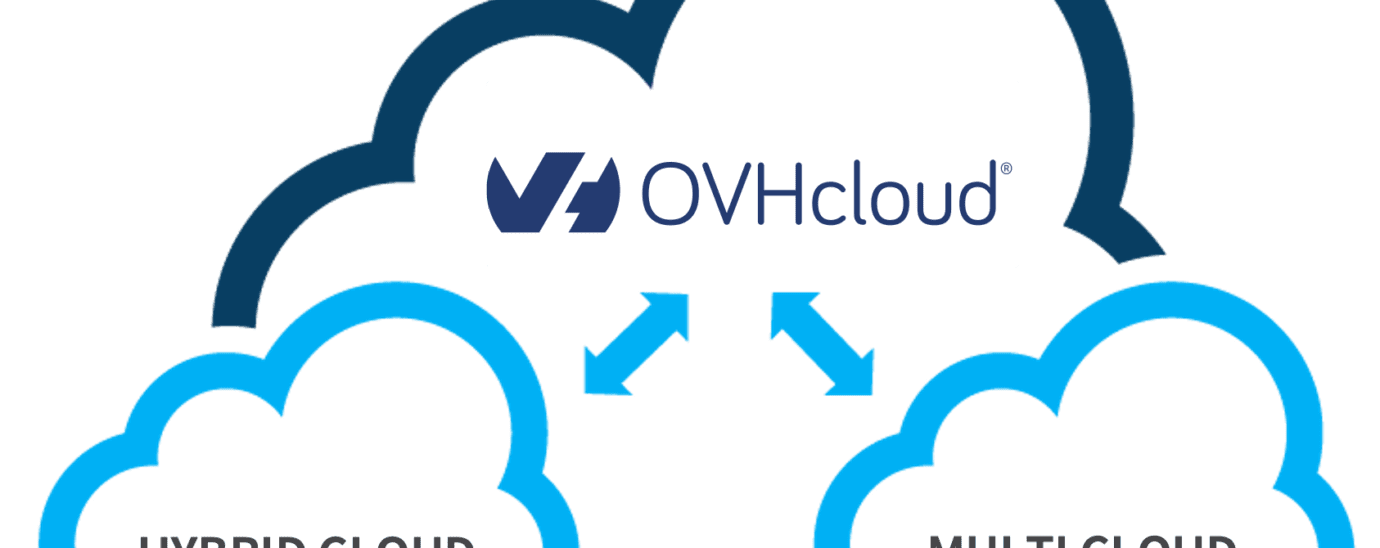Right Sizing & Workload Optimization in the Cloud

What is Right Sizing?
Right sizing refers to adjusting the resources of a cloud computing environment to match the actual workload of the application or service being hosted.
Right sizing isn’t a unique concept to cloud infrastructure. It has its origin in business optimizations. Restructuring, the harsh word we are all familiar with in the corporate world, is a form of right sizing. The benefits are similar – to cut costs and maintain profitability.
When cloud computing first emerged, many organizations were attracted to the flexibility of the technology, resulting in a tendency to overprovision. This led to higher costs and wasted resources. A recent study revealed that, on average, a whopping 30% of cloud spend is wasted.
As cloud computing matured, organizations needed a way to intelligently reevaluate their computing needs to avoid overspending. Thus, the right sizing discipline was born. As more and more organizations are migrating to the cloud, the same fundamental question is asked time and time again: how much do I need?
Shifting to the cloud can save money, but it’s not guaranteed. Cloud service providers often use complex pricing models that charge customers based on usage, making it difficult to forecast costs and manage budgets accurately.
If you’ve been around long enough to support your share of on-premises machines, it’s a new paradigm.
How Do I Know It’s Time to Optimize My Workload?
Like any cost-saving exercise, optimizing your workload takes considerable commitment.
Here are some signs that it may be time to start:
– You exceed your cloud budget regularly and can’t quite pinpoint why.
– You’re plagued with low resource utilization and completely unpredictable workloads. Every time you try to shift, your intuition seems to be off.
– You face slow application response times, system crashes and other regular performance issues.
– You’re getting dinged, and paying overages for reaching limits of cloud resources and being unable to scale up to meet growing demand.
If any of these sound familiar, you’re not alone. It could be time to optimize your cloud workload.
What are the steps involved in Workload Optimization?
Like any process, cloud workload optimization takes planning. Here are the steps that we recommend starting with:
Review current cloud usage by analyzing patterns. Make a note of idle or underutilized resources, and determine which resources are the most critical.
For example, you may find several virtual machines running 24/7 but only being utilized for a few hours each day. You can either resize them to match the workload better or schedule them to turn off during non-peak hours.
Analyze workload requirements by understanding your business, performance and capacity requirements. Consider data transfer requirements, such as the amount of data that needs to be transferred between different parts of the application, and ensure that there is enough network bandwidth to handle it.
Use cloud analytics tools like vRealize Operations (vROps) to identify opportunities for optimization. They can locate underutilized or overutilized resources, recommend increases to virtual machines, or reveal significant bottlenecks.
For example, vROps may identify that a virtual machine is over-provisioned with more CPU and memory resources than it needs to run efficiently. It may recommend downsizing the virtual machine to a smaller instance type or reducing the allocated CPU and memory resources to save costs without impacting performance.
Resize cloud resources. Based on the analysis, resize your cloud resources to match your needs. This may involve scaling or decreasing resources, storage volumes, or network bandwidth.
Monitor and adjust continually. After resizing your cloud resources, it’s important to monitor usage patterns to ensure that resources are still appropriately sized. You may need to make adjustments over time as workload requirements change or as business needs evolve.
By continually monitoring and adjusting your cloud resources, you ensure that your company’s infrastructure is always performing at its best, which helps to minimize downtime and maximize customer satisfaction.
Optimize cost and performance. Finally, continuously optimize cloud resources to balance cost and performance. This involves identifying and eliminating unused or underutilized resources, optimizing resource configurations and using cost management tools to monitor and control cloud spending.
As the user base and demands continue to grow, you continue to optimize cloud resources to ensure that your infrastructure can handle the increased load while keeping costs under control.
Consider a Migration
No one likes to migrate their environments, but sometimes it’s the only way to save real costs. You may need to consider switching providers to stay competitive.
Need a hand?
If you’re looking to manage cloud costs, OVHcloud can help. We help organizations migrate, scale and save on the cloud. From critical business applications to dedicated website hosting, our high-performance servers use industry-leading technologies to meet the needs of your growing environment. With over 100 dedicated server configurations and a team of experts, we can help you find the most affordable options.
Final Thoughts – Right Sizing & Workload Cost Optimization
Many organizations realize the benefits of migrating to the cloud, only to become overwhelmed by the scaling pains and a complex pricing structure that quickly burns up IT spend.
Right-sizing is a critical component of cloud optimization. By carefully analyzing resource usage and matching resources to actual workloads, organizations can reduce costs, improve performance and increase efficiency. As cloud computing continues to evolve, right sizing and workload optimization remain important techniques for organizations looking to reduce costs and improve efficiency.
Contact us for more information on how you can optimize your cloud workloads and right size your business.
